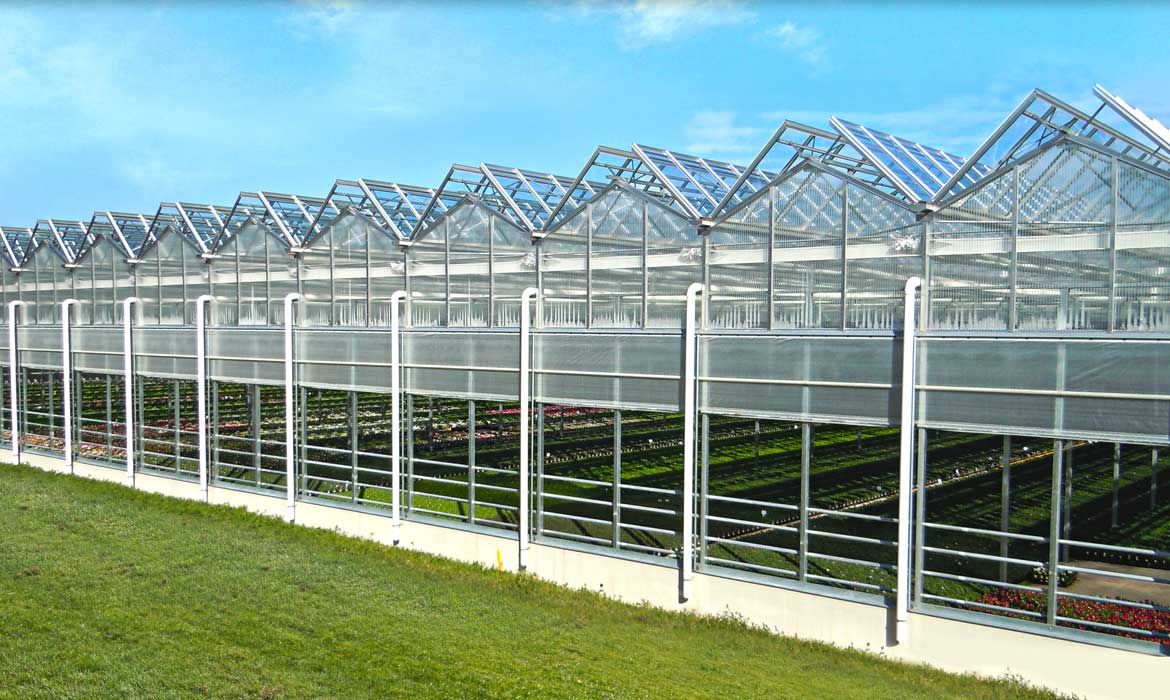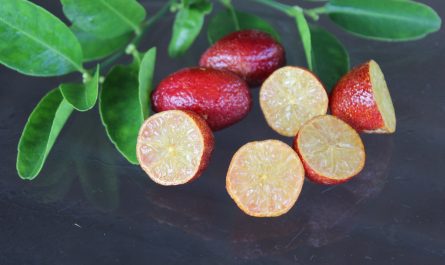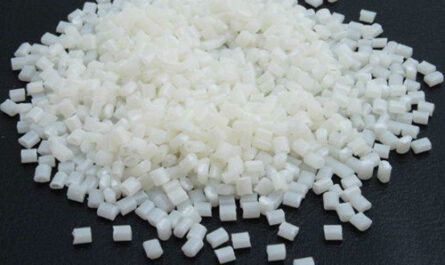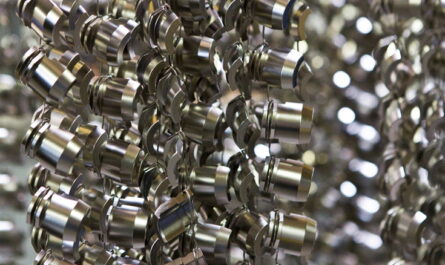Greenhouses have been used for many years by farmers and growers to cultivate crops during the winter season or any other time when conditions are not suitable for outdoor cultivation. However, commercial greenhouses have taken the traditional concept of greenhouses to another level by allowing cultivation of crops on a large scale throughout the year.
Introduction to Commercial Greenhouses
Commercial greenhouses refer to large glass or plastic structures that are used for growing crops, flowers or plants on a commercial level. The primary purpose of a commercial greenhouse is to provide optimum growing conditions for plants using environmental control technologies. This allows commercial farmers to grow crops out of season when natural conditions may not allow and provide a continuous supply to customers.
Commercial greenhouses provide growers with complete control over factors like temperature, light, humidity, carbon dioxide and irrigation. Computerized climate control systems precisely monitor and alter these conditions to meet the specific needs of the crops inside. This level of environmental control makes year-round cultivation possible. Modern commercial greenhouses can span several acres under a single roof and employ automated equipment for tasks like seeding, transplanting, watering and harvesting.
Types of Commercial Greenhouses
There are different types of commercial greenhouse designed for various crops and growing conditions:
– Vegetable Greenhouses: Used for growing vegetables like tomatoes, cucumbers, peppers etc. throughout the year. They have optimized heating, cooling, lighting and irrigation technologies.
– Flower Greenhouses: Primarily used for cultivating flowers like roses, orchids etc. on a large scale. They precisely control light, temperature, carbon dioxide and nutrients.
– Nursery Greenhouses: Greenhouses where young plants are propagated and grown before being transplanted elsewhere. They focus on growing seedlings, young trees and shrubs.
– Research Greenhouses: Greenhouses attached to universities and research organizations used for conducting plant experimental studies under controlled conditions.
– Retail Greenhouses: Smaller greenhouses located on the property of garden stores, plant nurseries where customers can purchase young plants.
Benefits of Commercial Greenhouses
There are tremendous economic and agricultural benefits of commercial greenhouses:
– Year-Round Production: By replicating optimum growing conditions artificially, commercial greenhouses allow farmers to cultivate crops throughout the year even in regions with unfavorable climate. This ensures continuous production and supply.
– Higher Yields: Climate control technologies help boost photosynthesis and maximize plant growth. On average, greenhouse crops deliver 10-20 times higher yields compared to open-field cultivation.
– Protection from Pests & Diseases: The sealed greenhouse environment shields crops from many insects, weeds, fungi and prevents crop loss from extreme weather events. Integrated Pest Management systems further strengthen protection.
– Local Production: Commercial greenhouses enable areas to produce crops locally rather than importing from other regions. This strengthens local economies, reduces transportation costs and carbon footprint.
– Employment Opportunities: Operating and managing large commercial greenhouses require skilled labor for tasks like construction, operation of equipment, packaging, distribution etc. This generates jobs locally.
Technologies Adopted in Modern Greenhouses
To achieve precise environmental control, commercial greenhouses rely on various automated technologies:
– Greenhouse Climate Control Systems: Programmable computers centrally control heating, cooling, ventilation, shading, CO2 injection systems. Sensors monitor conditions.
– LED Grow Lights: Energy-efficient LED grow lights provide optimized light spectrum for photosynthesis. They replace traditional HPS lights.
– Hydroponic & Aquaponics Systems: Soilless farming methods like DWC, NFT etc are adopted to boost yields using nutrient film technique.
– Automated Watering Systems: Drip irrigation, boom sprinklers irrigate evenly according to soil moisture sensors to maintain optimum water levels.
– Pest & Disease Monitoring Systems: Sensor networks & software track pest/disease outbreaks in real-time. Drones are utilized for large greenhouses.
– Harvesting & Packaging Machinery: Mechanical harvesters, conveyor systems, packing lines automatically harvest, sort, package crops maintaining quality.
*Note:
- Source: Coherent Market Insights, Public sources, Desk research
- We have leveraged AI tools to mine information and compile it



